Missile capacity gives PLA cutting edge
Updated: 2015-09-04 07:55
By Zhao Lei(China Daily USA)
|
||||||||
Bigger and better weaponry on display at grand military parade are China's 'trump card' in naval warfare, offering clear evidence that nation can easily defend itself, Zhao Lei reports.
China has obtained a full strategic strike capability thanks to the rapid development of its strategic missile force, military experts said after the People's Liberation Army made public some of its most powerful missiles in Thursday's parade.
"Compared with last parade in 2009, the missiles displayed in this year's parade were more advanced and powerful. Such missiles represent the long-range strike capability and are must-have weapons for world powers," Senior Colonel Shao Yongling, a military strategy professor at the PLA Second Artillery Corps Command College, told China Daily in an exclusive interview.
A total of 112 missiles from the PLA second artillery corps, the country's de facto strategic missile force, appeared in the parade on Thursday on Tian'anmen Square that marked the 70th anniversary of the victory of the Chinese People's War of Resistance against Japanese Aggression and World Anti-Fascist War. The seven types shown at the grand event were the CJ-10A cruise missile, the DF-15B and DF-16 short-range ballistic missiles, the DF-21D medium-range ballistic missile, the DF-26 intermediate-range ballistic missile, and the DF-31A and DF-5B intercontinental ballistic missiles.
In the 2009 parade, marking the 60th anniversary of New China, 108 missiles in five types were displayed, including the DF-11A short-range ballistic missile and the DF-31A intercontinental ballistic missile.
Among the military hardware on display on Thursday, the DF-26 and DF-21D were the stars of the parade, Shao said.
"The DF-26 can be used to destroy ground targets and mobile seaborne targets. The missile has closed the gap in the PLA Second Artillery Corps' strike range, as we previously lacked intermediate-range projection platforms because the DF-21 is for medium-range tasks while the DF-31 is for intercontinental projection," she explained.
Foreign media reported that the DF-26 is an upgraded version of the DF-21, which was the first solid-fuel ballistic missile deployed by the PLA Second Artillery Corps. It is able to hit targets up to 4,000 kilometers from the launch site, according to IHS Jane's Defence Weekly.
Talking about the DF-21D, the senior colonel said the missile was much anticipated by military observers who have dubbed it as the "aircraft carrier killer".
The official introduction of the DF-21D, which was announced during the parade, said that the weapon will be used to hit ships and is a "trump card" in asymmetric naval warfare.
The DF-21D and DF-26 are likely to be the only two ballistic missiles in the world that are capable of sinking aircraft carriers, she said.
Geopolitical influence
Gao Zhuo, a military observer in Shanghai who is familiar with the PLA's modernization drive, speculated that to destroy targets along the second island chain, the DF-26's minimal range should be no shorter than 3,500 km, similar to that of the SS-20 Saber of the former Soviet Union. The Chinese missile itself is much shorter, which indicates that its engine is much more powerful than the SS-20.
PLA military theorists conceive of two island "chains" as forming a geographic basis for China's maritime defensive perimeter. The precise boundaries of these chains have never been officially defined by the Chinese government. By commonly accepted definitions, the first island chain refers to a series of islands that stretch from Japan in the north to the Philippines in the south. The second island chain runs from the Bonin Islands in the north and moves southward through the Northern Mariana Islands, Guam, and the Caroline Islands.
With its cutting-edge guidance system and a large conventional warhead, the DF-26 is able to pose a serious threat to ships, he said, adding that the appearance of the missile in the parade signals that the PLA already has a certain number of DF-26 units that are combat-ready.
The US news website Washington Free Beacon reported in March 2014 that the DF-26 is carried on a road-mobile chassis and uses solid fuel. "The fuel and mobility allow the missile to be hidden in underground facilities and fired on short notice, making it very difficult to counter in a conflict," it said.
In a June report, the website quoted Richard Fisher, an expert on Asian military affairs at the Washington-based International Assessment and Strategy Center, as saying that DF-26 will be tasked with delivering China's WU-14 hypersonic glide vehicle, a next-generation strike platform said to be capable of flying at a speed of up to Mach 10, or 12,359 km per hour, and maneuvering to avoid detection and missile defense interceptors.
In an article published earlier by Russia's Sputnik news website, Vasily Kashin, a senior analyst with the Moscow-based Center for Analysis of Strategies and Technologies, said that new missiles such as the DF-16 and DF-26 will enable China to hit any given target in the Asia-Pacific, including military installations along the first and second island chains.
"The fact that these missiles were developed and manufactured at a comparatively fast speed indicates China's missile industry is growing exponentially," the Russian expert wrote. "Actually, China has probably outperformed what the United States and the Soviet Union achieved in terms of intermediate-range ballistic missiles in the 1980s."
The US and the Soviet Union were the top two developers of intermediate-range ballistic missiles before 1987 when the two superpowers signed the Intermediate-range Nuclear Forces Treaty, which obliged the two to eliminate their intermediate - and short-range ballistic missiles.
Senior Colonel Hou Xiaohe, a strategy expert at the PLA National Defense University, said the deployment of the DF-21's anti-carrier variant and the DF-26 can substantially change the geopolitical situation in the western Pacific region.
"They are the most effective deterrents to China's potential adversaries," he said.
Veteran missile
The last model displayed in the missile formation was the DF-5B, the latest variant of the three-decade-old, liquid-propellant DF-5 intercontinental ballistic missile.
It was also a big star featured by the PLA Second Artillery Corps because of its ability to carry a multiple independently targetable re-entry vehicle, according to Senior Colonel Shao.
MIRV technology allows a ballistic missile to carry several warheads in a single mission, with each being capable of being aimed to hit one of a group of targets.
"China has been one of the undoubted leaders in MIRV technology for many years. Therefore, although the DF-5 is an old type, it now can be equipped with multiple warheads to retain its status as the PLA's most powerful weapon," she noted.
The DF-5, China's first-generation intercontinental ballistic missile, which debuted at the 1984 Tian'anmen Square parade to mark the 35th anniversary of New China, was not displayed during military parades in 1999 and 2009. Therefore, Thursday's parade was regarded by many observers as what will probably be its final public appearance.
The colossal missile, which is silo-based, is believed to have a maximum range of 12,000 km and a 3,000-kg nuclear warhead with a blast yield of up to 5 megatons, according to the Federation of American Scientists.
Its upgraded version, the DF-5A, has an extended range of about 15,000 km and an increased throw-weight capable of carrying a 3,200-kg nuclear warhead, the organization noted.
Shao said the comprehensive display of the Chinese military's strategic armaments shows the world that the PLA is continuing to improve its transparency and openness, and that the country is confident in its military strength.
Hou stated: "Thanks to the rapid advances in defense technology, the overall capability of our strategic missiles has become first-rate in the world, with some top technologies being developed by China."
The experts' remarks were echoed by Gao, the military observer, who said this missile prowess means that China will have a strong defensive capacity.
Contact the writer at zhaolei@chinadaily.com.cn
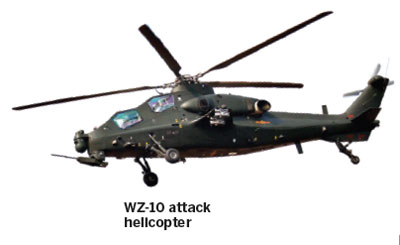
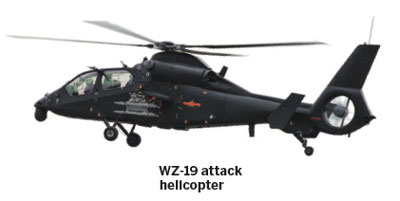
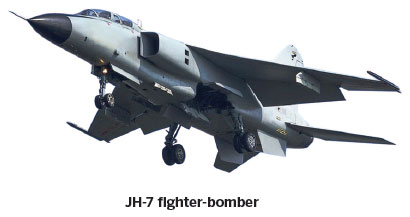
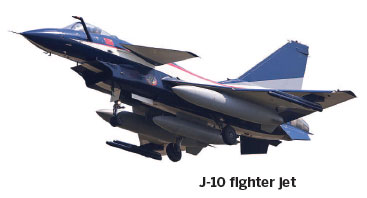
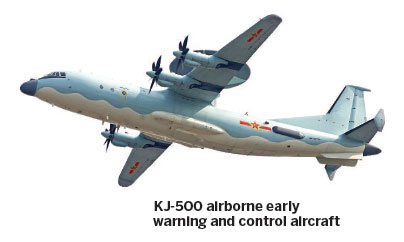
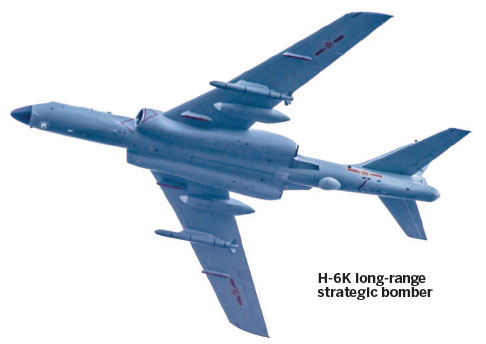




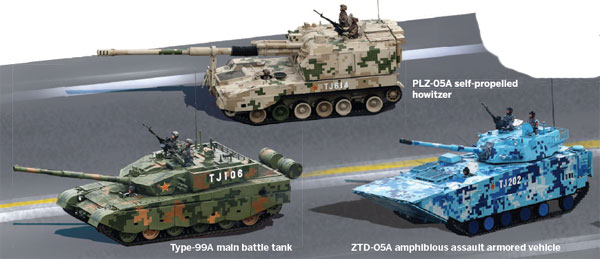
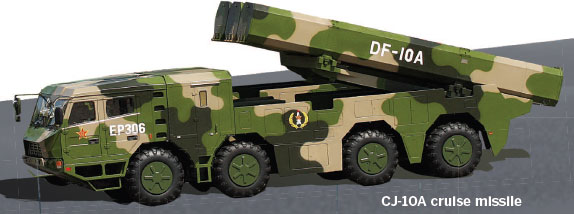
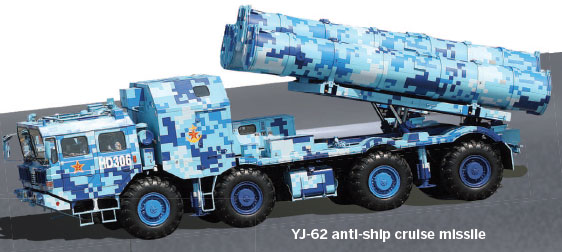
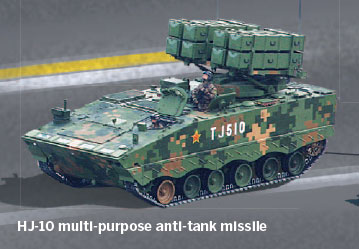

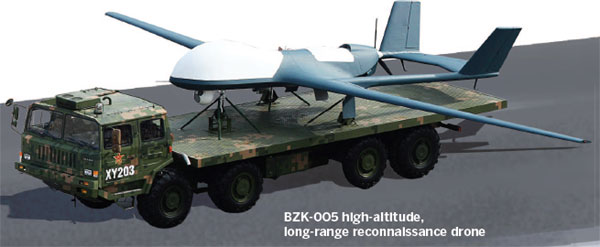
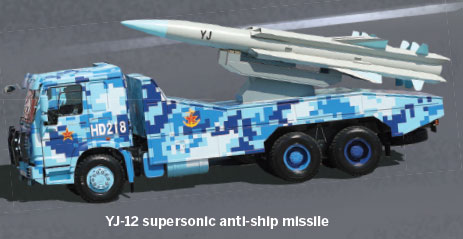
(China Daily USA 09/04/2015 page10)
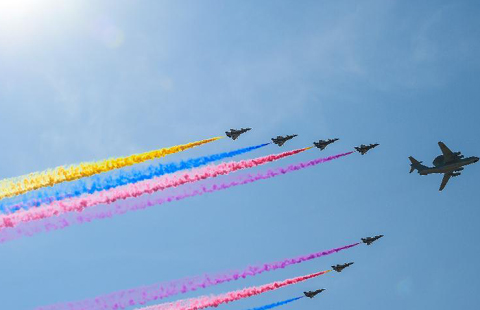
 Military helicopters write number 70 high in the sky
Military helicopters write number 70 high in the sky
 Salute to veterans
Salute to veterans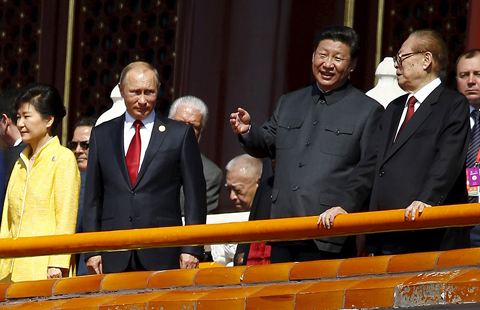
 Xi attends the ceremony with other leaders
Xi attends the ceremony with other leaders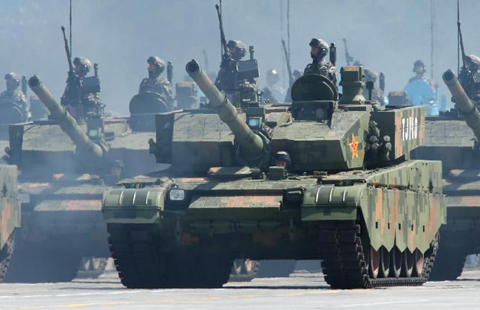
 Armored vehicles roll down the parade in huge roar
Armored vehicles roll down the parade in huge roar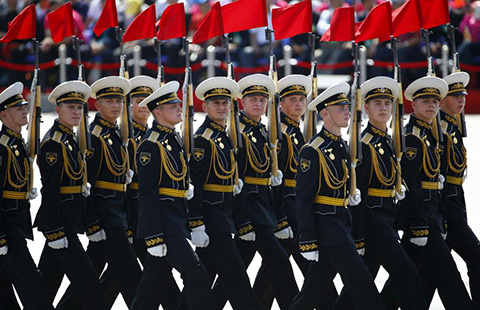
 Foreign troops celebrate with Chinese comrades
Foreign troops celebrate with Chinese comrades
 Red carpet ceremony for first grade kids
Red carpet ceremony for first grade kids
 Kashgar old city in Xinjiang is well preserved
Kashgar old city in Xinjiang is well preserved
 Infographic: Symbols behind numbers
Infographic: Symbols behind numbers
Most Viewed
Editor's Picks

|

|

|

|

|

|
Today's Top News
Envoy hails New York resolutions
China to cut troops by 300,000: President Xi
On path to peace: Cui
15 US cities make world’s ‘least friendly’ list while China places 3
Xi heralds V-Day with troop cuts at parade
China holds parade, vows peace on war anniversary
Peking Opera: Star power
IMF: China can transition
US Weekly

|

|







